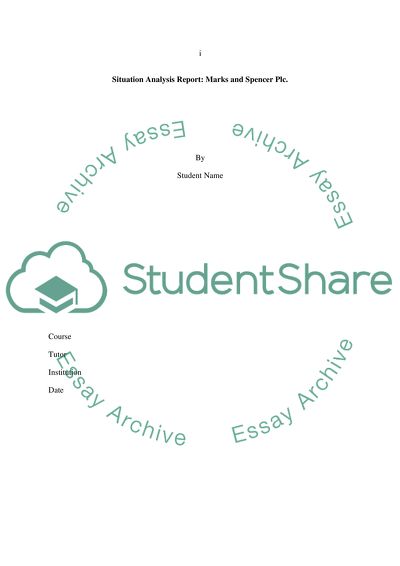Cite this document
(“Critical Evaluation of Marketing Strategy (FoM)Report format Essay”, n.d.)
Retrieved from https://studentshare.org/literature/1428540-critical-evaluation-of-marketing-strategy
Retrieved from https://studentshare.org/literature/1428540-critical-evaluation-of-marketing-strategy
(Critical Evaluation of Marketing Strategy (FoM)Report Format Essay)
https://studentshare.org/literature/1428540-critical-evaluation-of-marketing-strategy.
https://studentshare.org/literature/1428540-critical-evaluation-of-marketing-strategy.
“Critical Evaluation of Marketing Strategy (FoM)Report Format Essay”, n.d. https://studentshare.org/literature/1428540-critical-evaluation-of-marketing-strategy.


